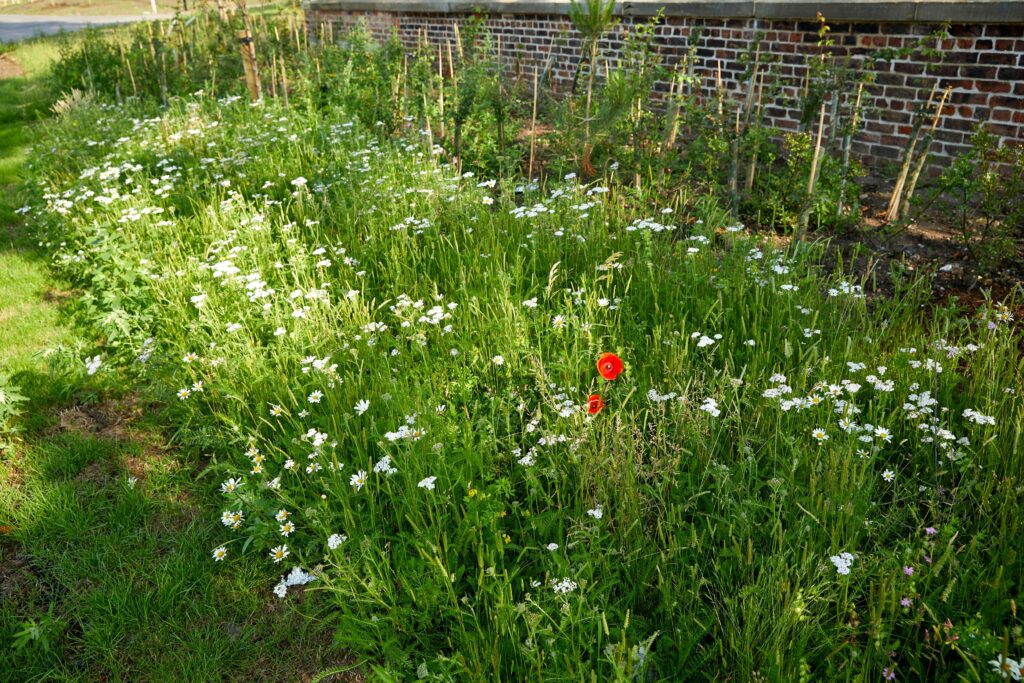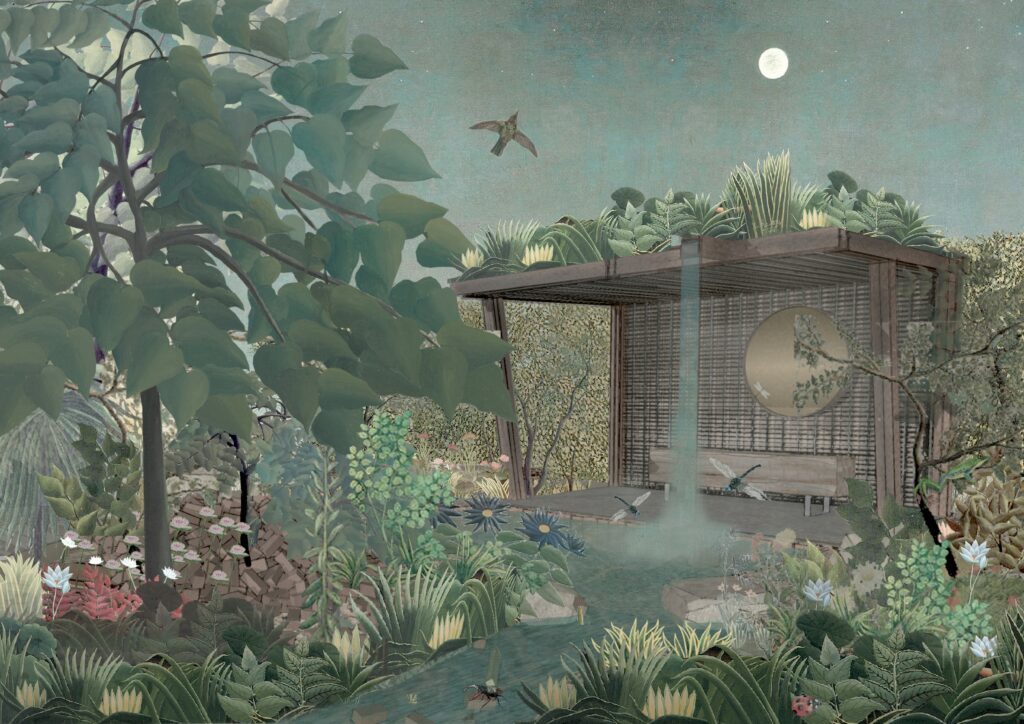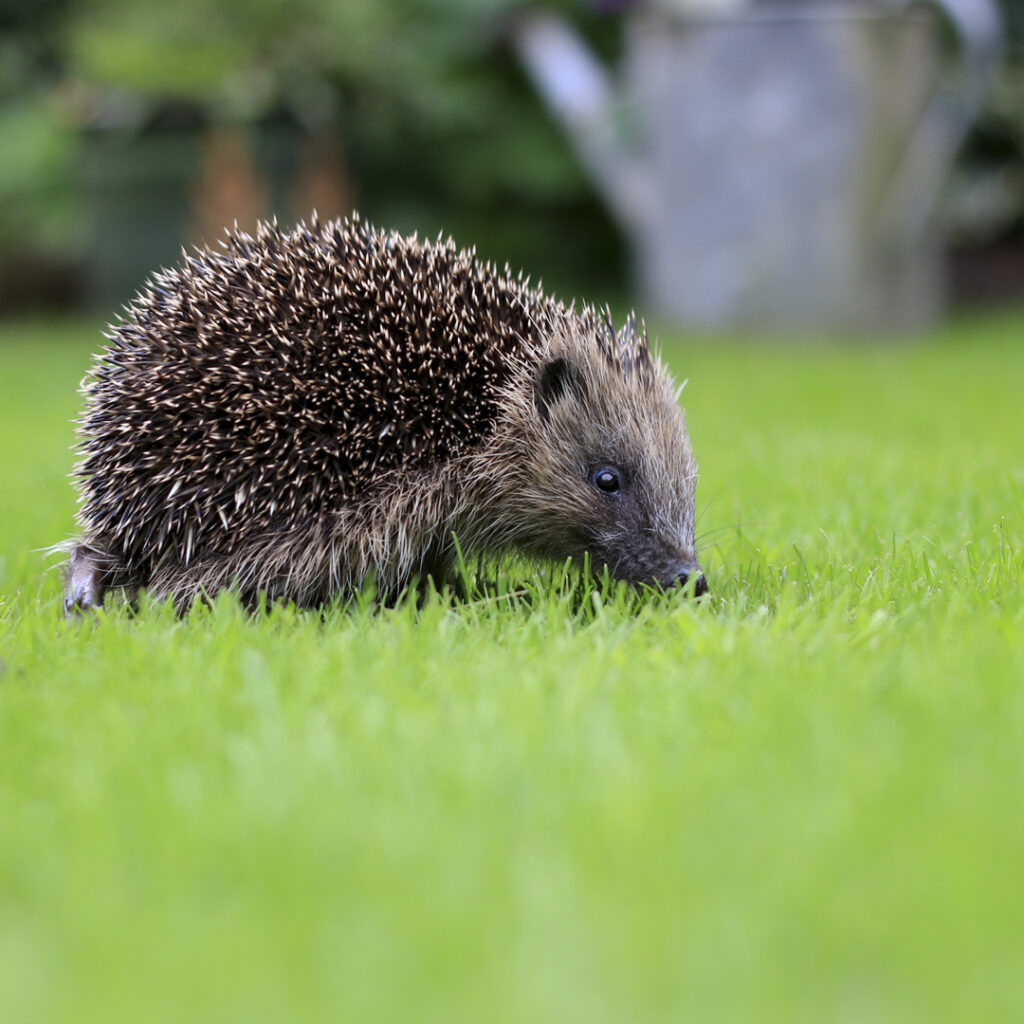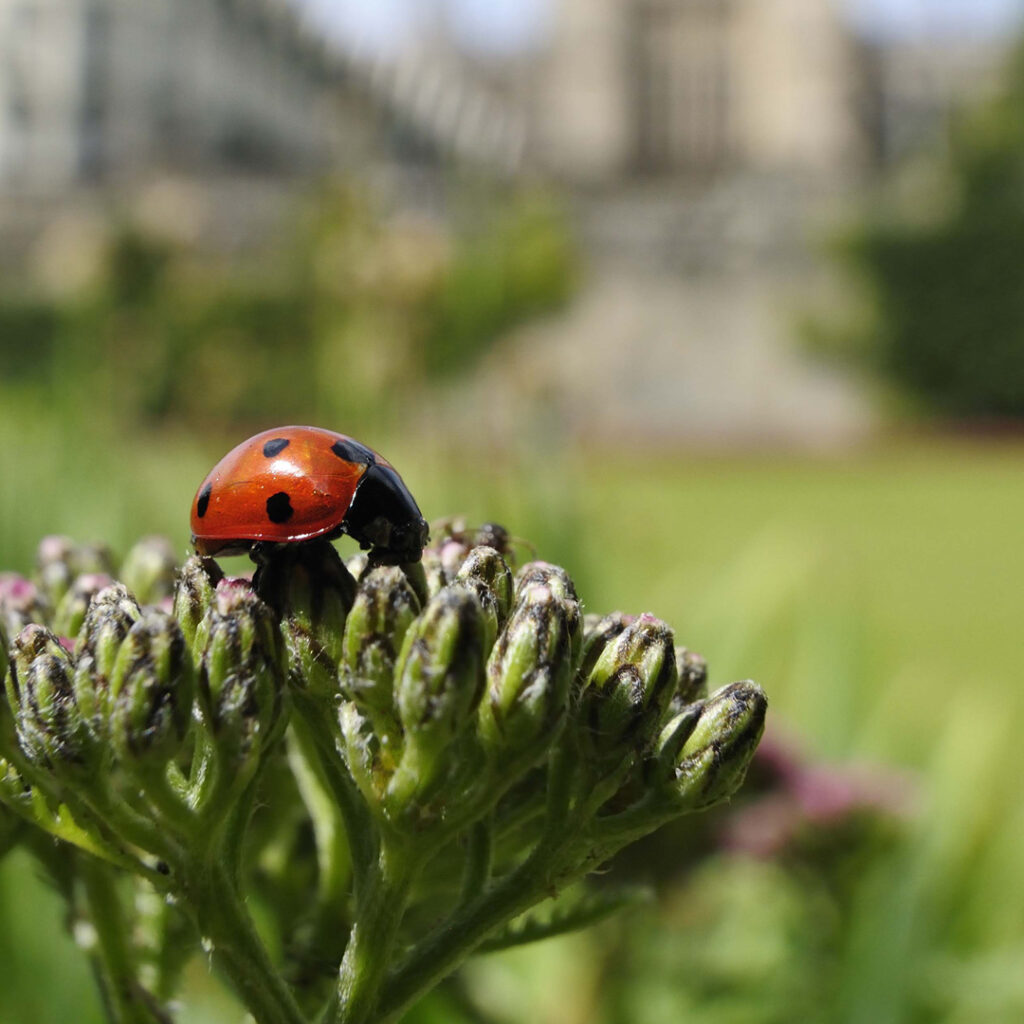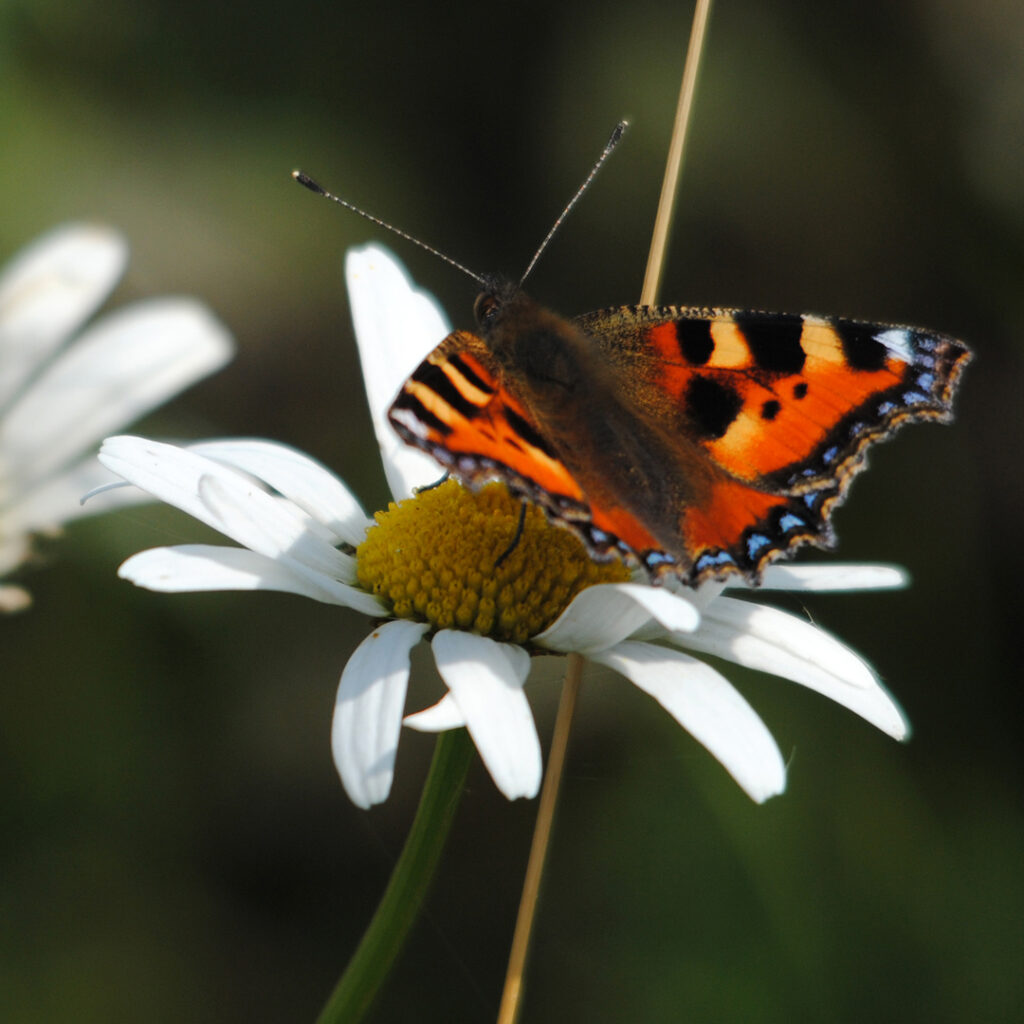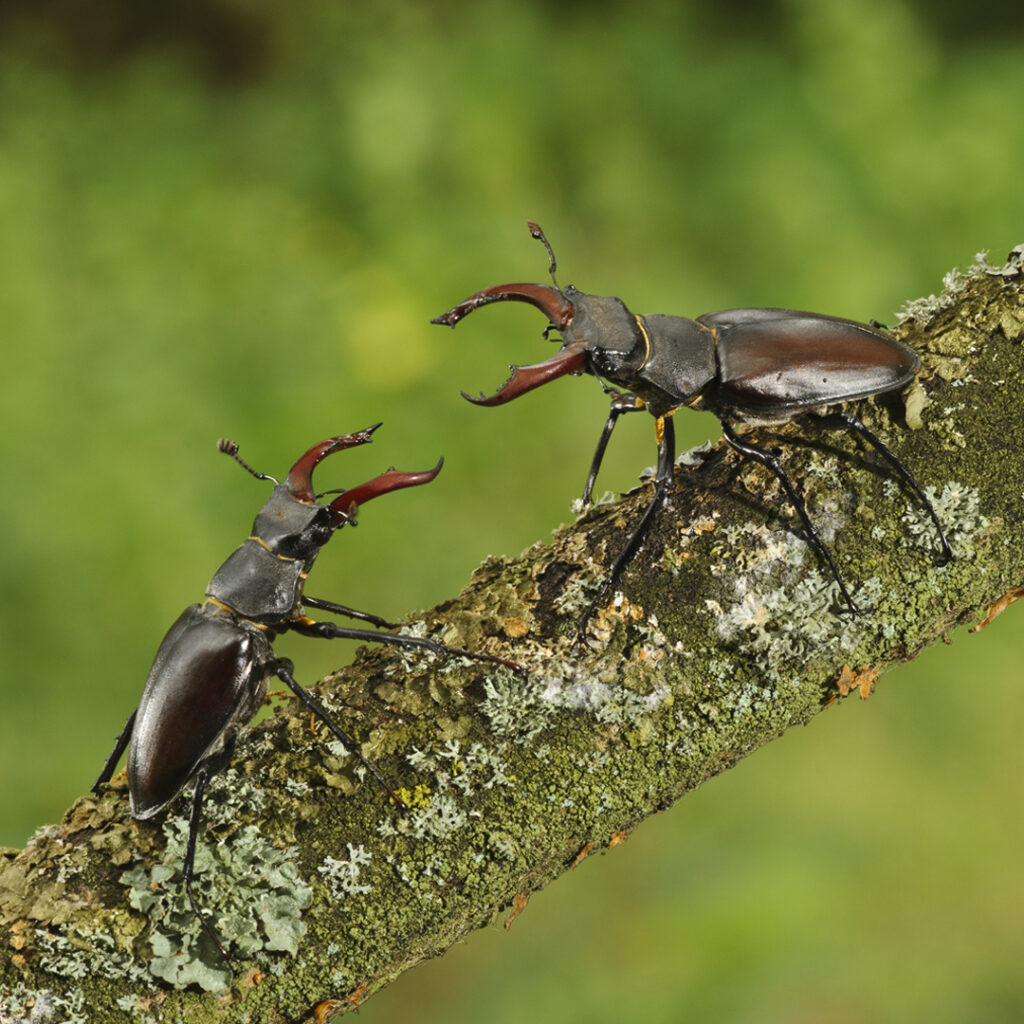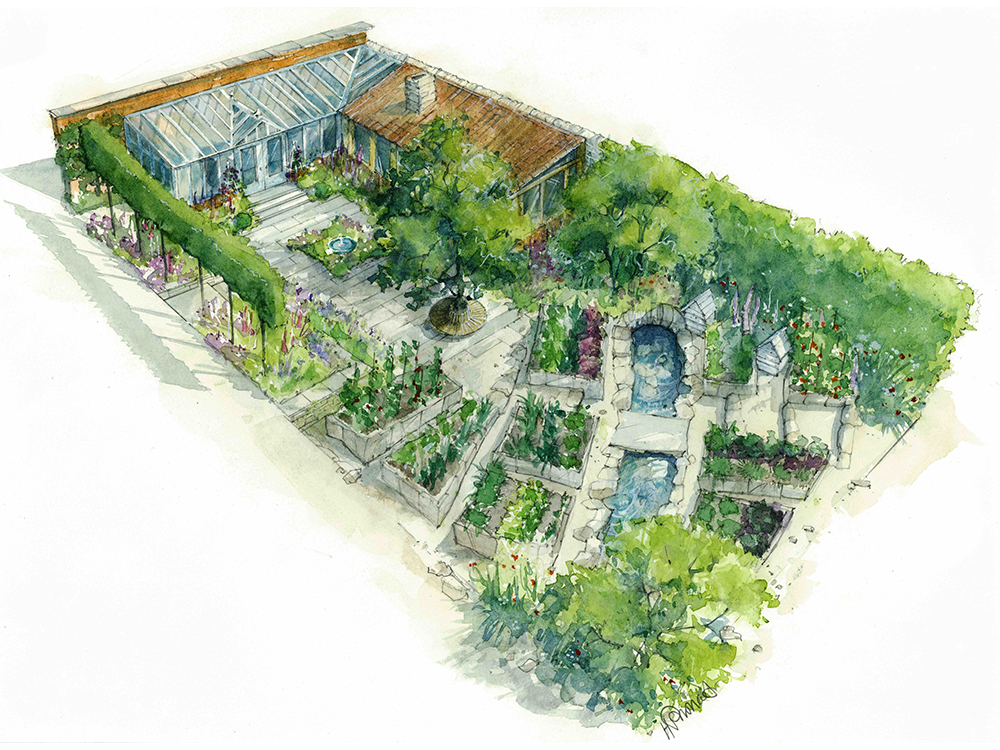Well done to the team behind Leonardslee Lakes & Gardens, who have just won three top prizes at RHS Wisley
The famous rhododendrons of Leonardslee Lakes & Gardens are in full bloom and have recently won three top prizes at the 2023 RHS Main Camellia, Early Rhododendron and Spring Ornamental Plants Competitions at RHS Wisley, Surrey. The winning Rhododendrons were ‘Muriel’ (Class 35), ‘Argipeplum’ (Class 29), and ‘Schlippenbachii’ (first prize).
The Grade I Listed gardens on the 240-acre Leonardslee estate were established by the Loder family, Victorian-era plant collectors. The estate is home to an exceptional collection of flora and fauna, featuring wallabies and deer roaming among seven interlaced lakes. Many of the plants are now very rare and threatened in their native habitats, says estate general manager Adam Streeter.
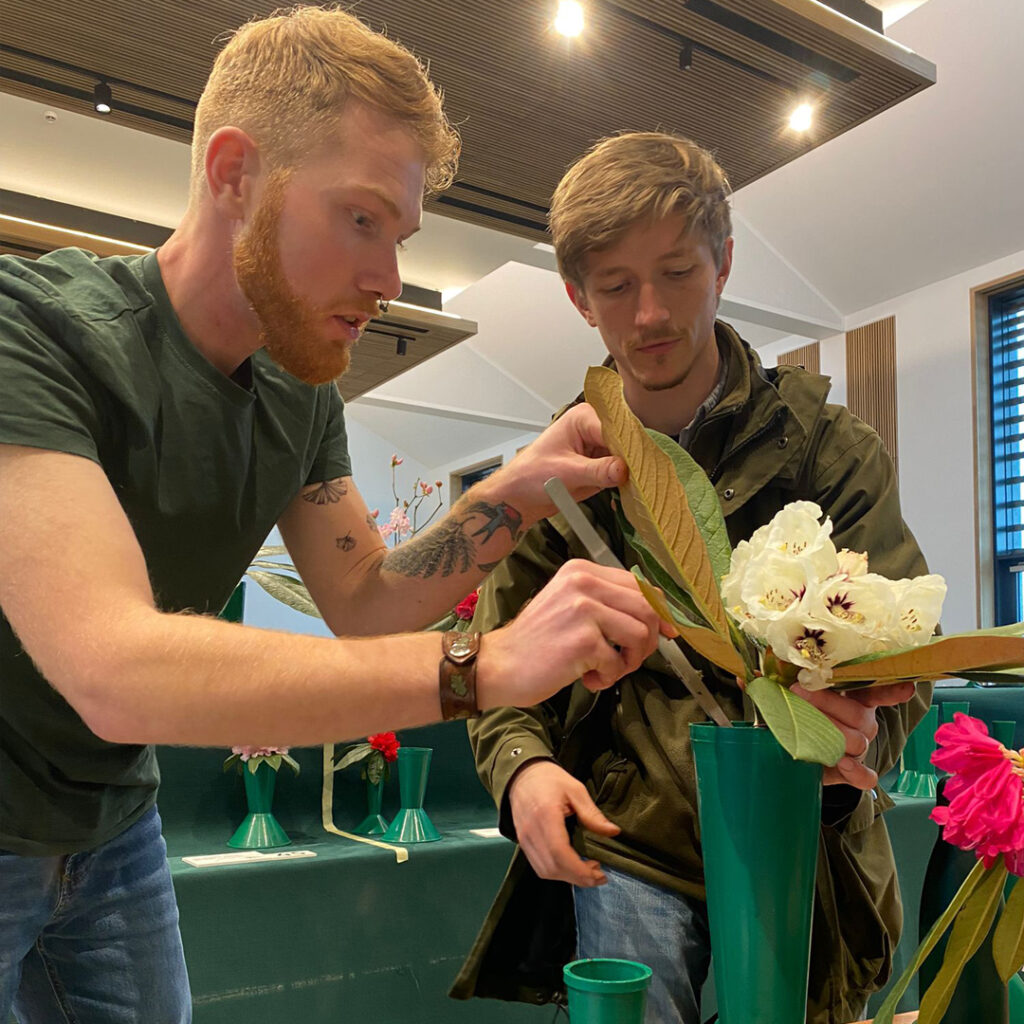
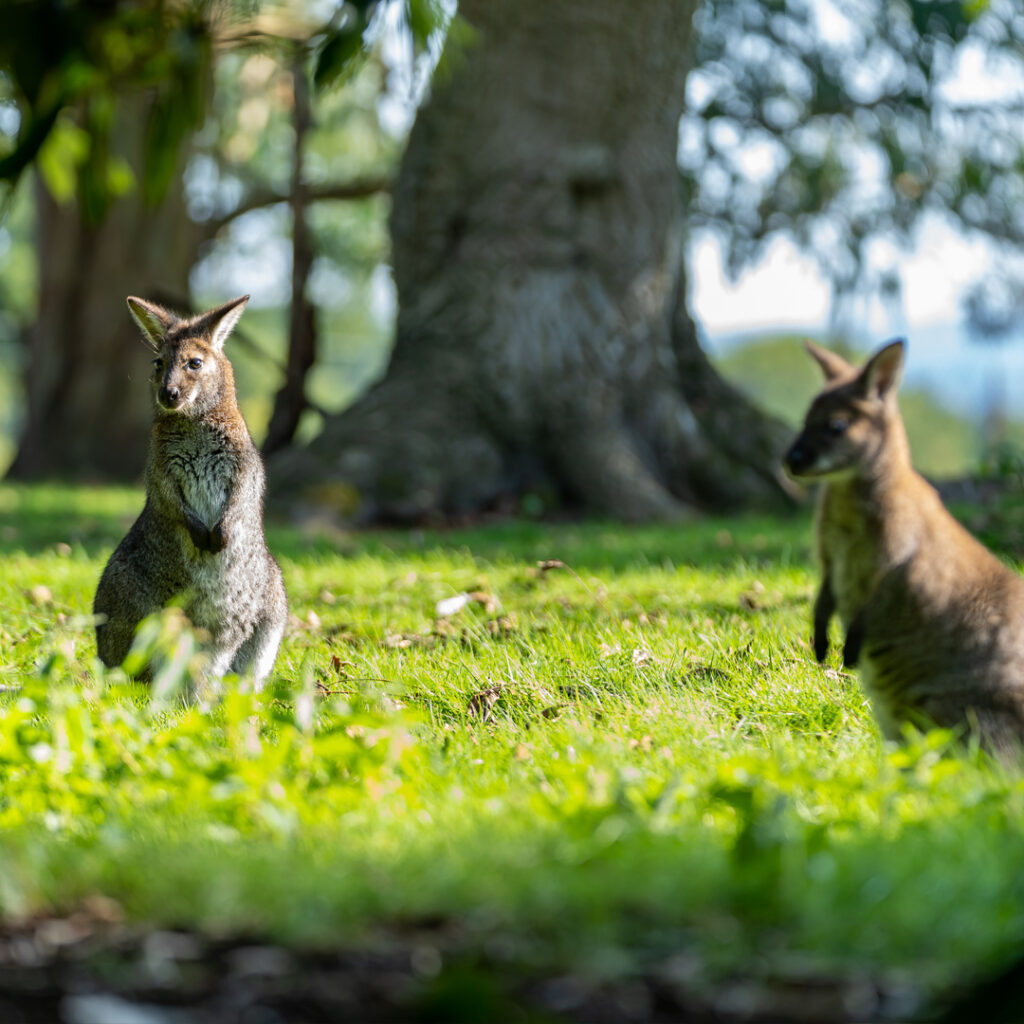
The RHS Wisley competition was organised in conjunction with the RCM Group – RHS Rhododendron, Camellia & Magnolia Group, of which King Charles in a patron. The group has gifted rhododendrons, camellias, and magnolias to the King for a collection at Sandringham. Two plants closely associated with Leonardslee were included in the gift: Loderi King George which received the RHS Award of Merit in 1968, and Loderi Sir Joseph Hooker.
During their time cultivating the gardens at Leonardslee, the Loder family regularly competed in horticultural contests and won numerous medals and awards for their efforts. The last time this happened was under Sir Giles Loder in the 1970s. This year marks the first time the current gardening team, including Elliot Chandler and Dan Ainscough, has entered a Rhododendron competition. The current estate owners, since 2017, the Streeter family, plan to enter the Camellia categories at Wisley next year, eyeing the opportunity to win the Leonardslee Bowl, donated to the society by Sir Giles Loder.
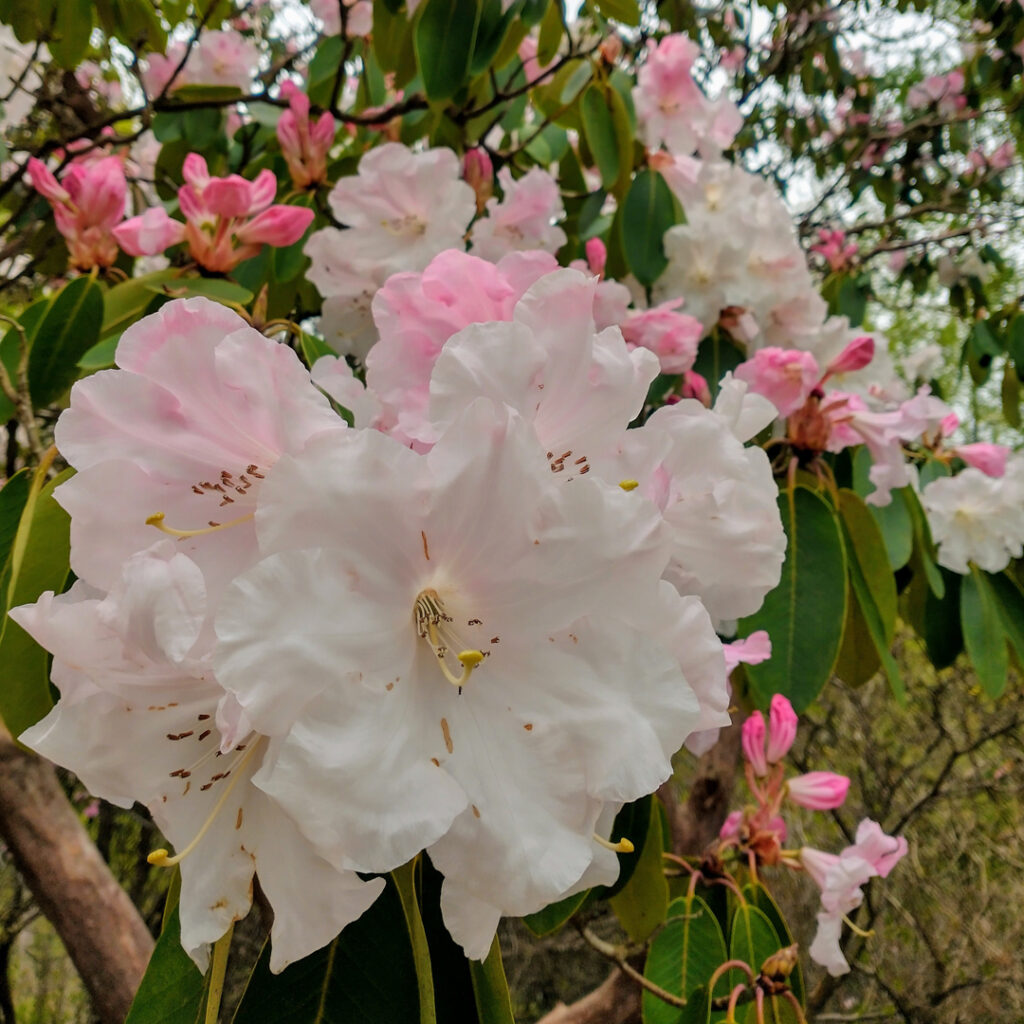
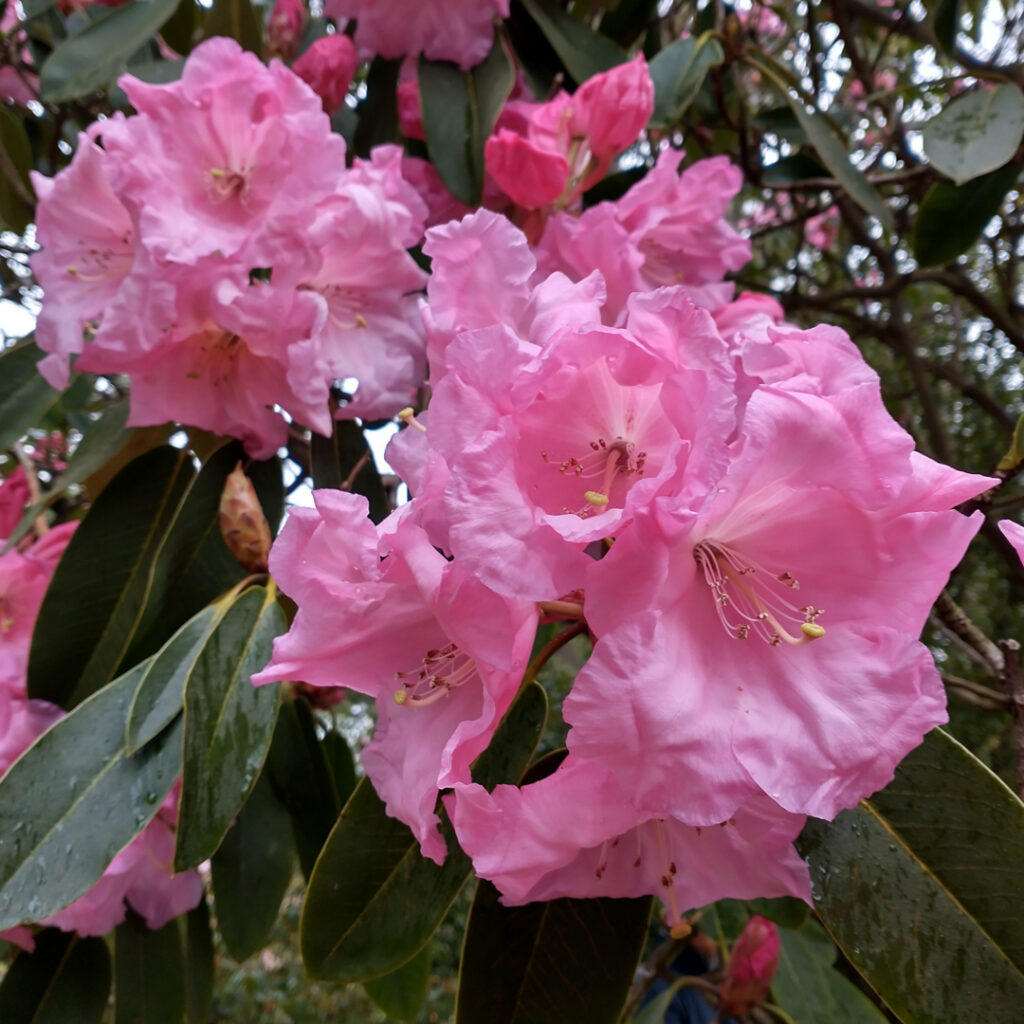
Head gardener Jamie Harris says: “Leonardslee offers a perfect setting for growing rhododendrons, with an ericaceous loam and sandstone bedrock creating acidic soil conditions that are perfect for these plants, as well as the abundant camellias, magnolias, and conifers,” explains Jamie Harris.
In celebration of King Charles III’s coronation, Leonardslee is restoring the Coronation Garden, first created for Queen Elizabeth’s coronation in 1952. It features the famed rhododendron Loderi King George, created by Sir Edmund Loder, along with over 30 other rhododendron grafts.
To plan a visit, see Leonardslee Gardens











